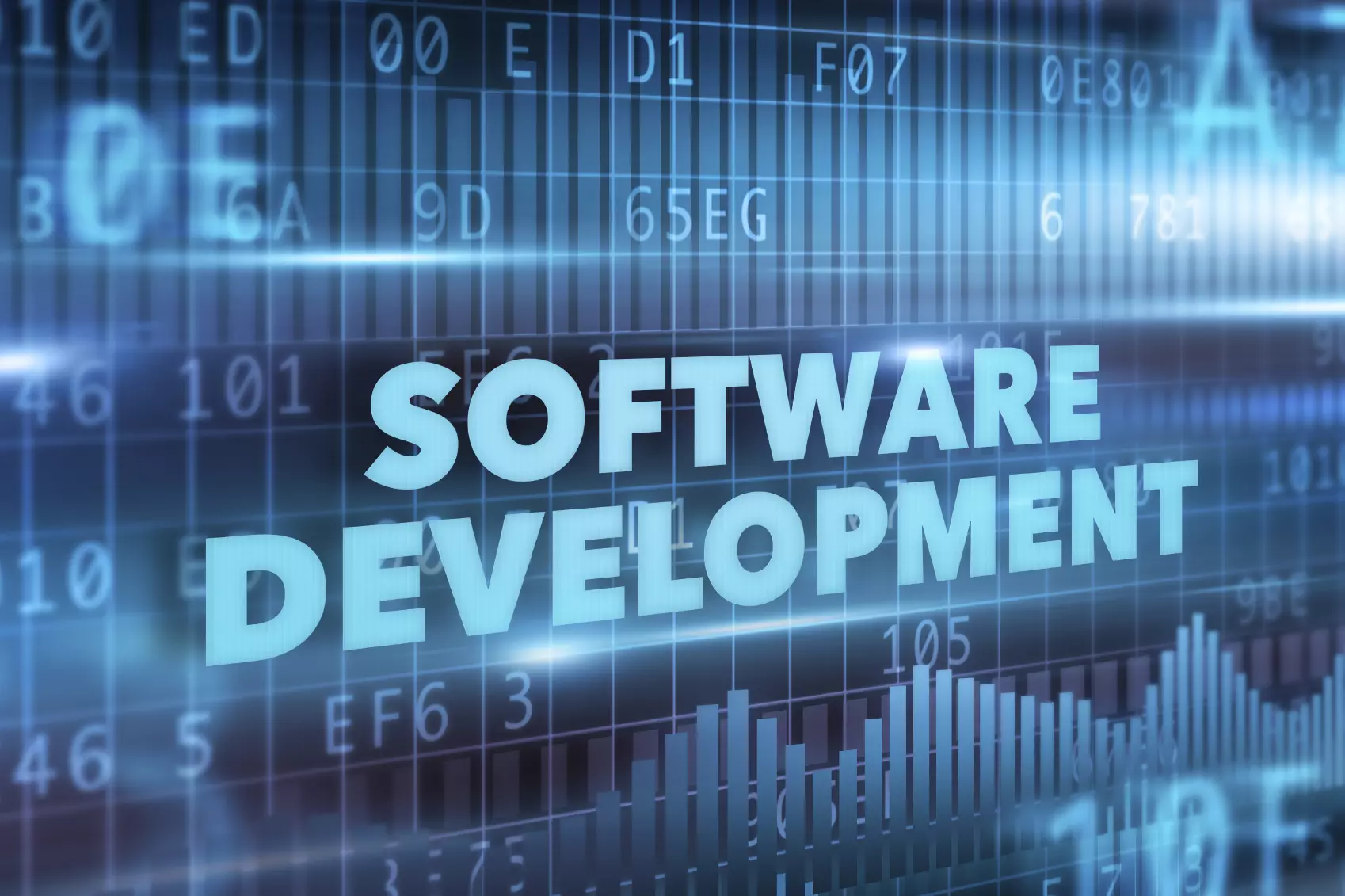
Table of Contents
- 1 The Rise of Artificial Intelligence and Machine Learning
- 1.1 Cloud-Native Development and Microservices Architecture
- 1.2 DevOps and Continuous Delivery
- 1.3 The Importance of Security in Software Development
- 1.4 The Emergence of Low-Code and No-Code Platforms
- 1.5 The Growing Influence of Open Source Software
- 1.6 The Role of Agile Methodologies
- 1.7 Conclusion
- 1.8 About The Author
Software development has always been a dynamic field, constantly evolving to meet the needs of a rapidly changing technological landscape. In 2024, the industry continues to undergo significant transformations, driven by advancements in technology, the rise of new methodologies, and the ever-growing demand for software solutions that are faster, more efficient, and more secure. This article delves into the current trends and developments shaping the world of software development, highlighting key aspects that developers, organizations, and stakeholders need to consider to stay competitive in this fast-paced industry.
The Rise of Artificial Intelligence and Machine Learning

One of the most significant trends in software development in 2024 is the increasing integration of artificial intelligence (AI) and machine learning (ML) into software applications. AI and ML are no longer niche areas but have become mainstream components of modern software systems. These technologies are being used to enhance everything from user interfaces to backend processes, enabling software to become more intuitive, adaptive, and capable of handling complex tasks.
AI-driven development tools, such as intelligent code assistants and automated testing frameworks, are becoming more prevalent, allowing developers to write code more efficiently and with fewer errors. Machine learning models are being integrated into applications to provide personalized user experiences, predictive analytics, and automated decision-making processes. As a result, software development teams are increasingly required to have expertise in AI and ML, along with traditional programming skills.
Cloud-Native Development and Microservices Architecture
The shift towards cloud-native development has gained significant momentum in recent years, and in 2024, it continues to be a dominant trend in the software industry. Cloud-native development involves building and deploying applications that are designed to run in cloud environments, taking full advantage of cloud infrastructure and services. This approach allows for greater scalability, flexibility, and resilience, making it an ideal choice for modern software applications.
Microservices architecture, which involves breaking down applications into smaller, loosely coupled services that can be developed, deployed, and scaled independently, is a key component of cloud-native development. This architecture allows for greater agility and faster time-to-market, as development teams can work on different services simultaneously without impacting the entire application. In 2024, more organizations are adopting microservices to build complex, distributed systems that can scale horizontally and handle large volumes of traffic.
DevOps and Continuous Delivery

DevOps has become an integral part of the software development process, promoting a culture of collaboration and automation between development and operations teams. In 2024, DevOps practices continue to evolve, with a strong emphasis on continuous delivery (CD) and continuous integration (CI). These practices involve automating the process of building, testing, and deploying software, allowing for faster and more reliable releases.
Continuous delivery ensures that software can be released to production at any time, with minimal manual intervention. This is achieved through automated testing, deployment pipelines, and infrastructure as code (IaC). By adopting DevOps and CD practices, organizations can reduce the time it takes to deliver new features and updates to their users, while also improving the quality and stability of their software.
The Importance of Security in Software Development
With the increasing frequency and sophistication of cyberattacks, security has become a top priority in software development. In 2024, developers are expected to incorporate security into every stage of the software development lifecycle (SDLC), a practice known as DevSecOps. This approach ensures that security is not an afterthought but is built into the software from the ground up.
DevSecOps involves integrating security testing and monitoring into the CI/CD pipeline, allowing for the early detection and remediation of vulnerabilities. Automated security tools, such as static code analysis and dependency scanning, are used to identify potential security issues before they reach production. Additionally, developers are encouraged to follow secure coding practices and stay updated on the latest security threats and vulnerabilities.
Another key aspect of security in 2024 is the growing importance of data privacy. With the introduction of new data protection regulations in various regions, such as the GDPR in Europe and the CCPA in California, software developers must ensure that their applications comply with these laws. This involves implementing features such as data encryption, access controls, and user consent mechanisms to protect sensitive information.
The Emergence of Low-Code and No-Code Platforms
The demand for software solutions has outpaced the supply of skilled developers, leading to the rise of low-code and no-code platforms. These platforms allow users with little to no programming experience to create applications using visual interfaces and pre-built components. In 2024, low-code and no-code platforms are becoming increasingly popular, especially among small and medium-sized businesses (SMBs) and non-technical professionals who need to build software quickly and cost-effectively.
Low-code platforms provide a middle ground, allowing developers to create complex applications with minimal hand-coding, while no-code platforms are designed for users who have no coding knowledge at all. These platforms are particularly useful for automating business processes, building internal tools, and creating prototypes. However, they also come with limitations, such as reduced flexibility and the potential for vendor lock-in.
Despite these limitations, low-code and no-code platforms are expected to play a significant role in the future of software development, enabling organizations to meet the growing demand for software without the need for extensive developer resources.
The Growing Influence of Open Source Software

Open-source software (OSS) continues to be a driving force in the software development industry, with more organizations and developers contributing to and using open-source projects in 2024. The collaborative nature of open-source development allows for faster innovation and the sharing of knowledge and resources across the global developer community.
Many of the tools and frameworks that are essential to modern software development, such as Kubernetes, Docker, and TensorFlow, are open-source projects. By leveraging open-source software, organizations can reduce costs, avoid vendor lock-in, and benefit from the collective expertise of the community. Additionally, contributing to open-source projects can enhance a developer’s skills and reputation, making it a valuable career move.
However, the widespread use of open-source software also raises security concerns, as vulnerabilities in widely-used open-source components can have a significant impact. To mitigate these risks, developers must stay vigilant, regularly update dependencies, and contribute to the maintenance of the open-source projects they use.
The Role of Agile Methodologies
Agile methodologies have been a cornerstone of software development for many years, and in 2024, they remain as relevant as ever. Agile practices, such as Scrum and Kanban, emphasize iterative development, collaboration, and flexibility, allowing teams to respond quickly to changing requirements and deliver value to customers continuously.
In 2024, many organizations are adopting hybrid approaches that combine Agile with other methodologies, such as DevOps and Lean, to create a more holistic and adaptive development process. These hybrid approaches allow teams to tailor their workflows to the specific needs of their projects, balancing speed, quality, and innovation.
Agile methodologies also promote a culture of continuous improvement, where teams regularly reflect on their processes and make adjustments to enhance efficiency and productivity. This culture of learning and adaptation is essential in a field as fast-paced and competitive as software development.
Conclusion
The software development industry in 2024 is characterized by rapid innovation, driven by advancements in technology and the evolving needs of businesses and consumers. AI and machine partaitogel learning are transforming the way software is developed and used, while cloud-native development and microservices architecture are enabling greater scalability and flexibility. DevOps practices, including continuous delivery and DevSecOps, are improving the speed and security of software releases, while low-code and no-code platforms are democratizing software development.
Open-source software continues to play a vital role in the industry, fostering collaboration and innovation, while Agile methodologies remain essential for managing complex and dynamic projects. As the industry continues to evolve, developers and organizations must stay agile, embrace new technologies and methodologies, and prioritize security and quality in their software development processes. By doing so, they can navigate the challenges of 2024 and beyond, delivering software that meets the demands of the modern world.








